Cherry Casino Cards
I have been a fan of casino style cards since I started down this crazy path of gambling sleights and magic entertainment. I have a collection of used (trimmed) decks that I brought back from Vegas years ago. At the time, they needed to be divided between my luggage so that the added 3kg (about 30 different full decks!) could be checked. I have since condensed the collection down to the Ace of Spades from each – a much easier way to store them.
I enjoy casino decks because I’m a fan of gambling sleights and cheating routines. Most of the decks produced in the USA are either USPCC BEE or Aristocrat, making them great to handle, traditionally cut, borderless and high quality.
My Random Brick
Earlier this year I wanted to try some of the new casino style “knock off” decks, many of which simulate the almighty Jerry’s Nuggets – a rare and extremely valuable deck today.
Chicken Nuggets were a fun idea, I am not a fan of the plastic finish though. Gemini cards were also a nice tribute, they were better to handle but unfortunately were about to have their thunder stolen.
One deck went the way of simulating a casino that didn’t actually exist. It wasn’t a tribute. Instead, it had all the classic familiar features of old town Vegas, on a brand new original design.
My First Cherry Casino Deck
Included in my random brick was a deck of V3 True Black “Black Hawk” Cherry Casino Playing Cards.
I instantly loved the feel, the minimal design, the casino theme and the traditional cut. I found the Coke style ribbon on each side provided me excellent shade for push through shuffles – providing a faux border to help disguise when the cards are misaligned.
As a cheeky nod to the casino world, the decks include “Jackpot” cards instead of jokers. The perfect simplicity continues with the deck including a double back card and a black face card (great for my White Out and Parabox routines!), wasting nothing.
As I write this today, Cherry Casino True Black (V3 – Black Hawk) is easily my favourite deck of cards to use due to its versatility, its quality and its durability.
And then they were Blue!
Not long after I went slightly nuts over the Black Cherry Casino cards, the pre-release for the “Tahoe Blue” versions were announced.
This was the same awesome deck with an incredible metallic sheen on the new blue back design. Another instant favourite for me.
These sold out fairly quickly but not before I got my hands on a brick for my own use.
Cherries are Red!
I was watching a Magic Live stream when I noticed some of the artists were performing cards tricks using Cherry Casino cards … RED Cherry Casino Cards! They were specially printed as a promotional preview for the event and the trailer for the anticipated deck soon followed.
Matching the cherry logo makes this deck a mono-colour design on the back. The metallic red looks fantastic and I once again grabbed a brick for my supply.
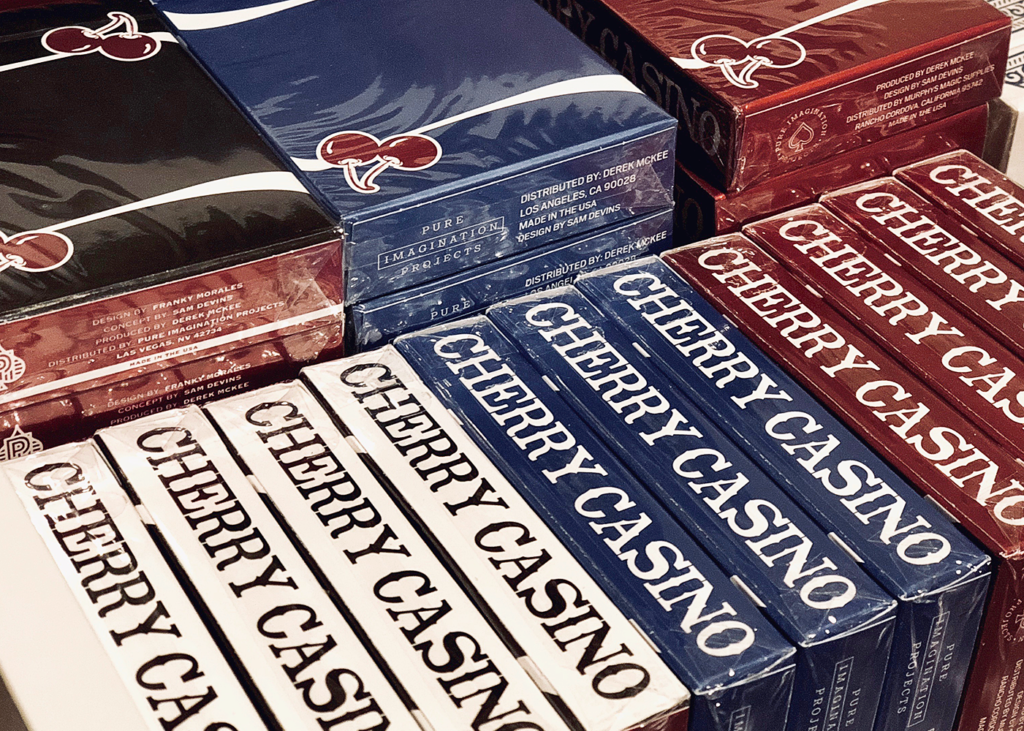
All the Cherries …
Version 1 (2000 Decks)
Cherry Casino Cards didn’t start with black. They released 2000 decks of an Aqua version back in 2015.
Version 1 “House” Edition (500 Decks)
Along side the version 1 release was a very limited run of what was called the “House” deck. Today, both version 1 decks are rare and very hard to find.
Version 2 (2500 Decks)
Next they released a run of “black” decks which, compared to the V3 “True Black” decks, look more like a shade of grey by comparison.
Version 2 Limited Edition (1000 Decks)
The limited edition of Version 2 Black (1000 decks)
Version 3 Aqua (Sold Out)
Along Side the V3 (True Black), an Aqua Edition, resembling V1, was also printed.
Set for a Limited Time
This makes a total of 8 versions of Cherry Casino playing Cards available of which I currently have 6.
I have all but the House edition of the Cherry Casino decks. Unfortunately the House edition, if you can find a sealed deck, would cost me over AU$300 to buy and import so I won’t be getting that one. Besides, I am no longer a collector.
I will no doubt be selling the full set of these rare and sought after cards very soon but before that time I took some quick photos of them all together while I had the opportunity.
Update 7/10/18
A few days after writing my article, there was a new listing put up on eBay that includes all 8 Cherry decks in brand new and sealed condition. With a total price tag of over AU$800 to import, it will end up way too expensive for me to even consider buying but hey … Christmas is coming! 😉
Here are the photos that were included with that add featuring all 8 versions of the Cherry Casino playing cards decks together:

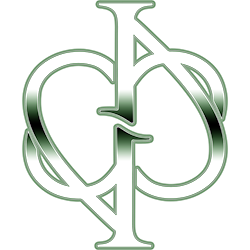
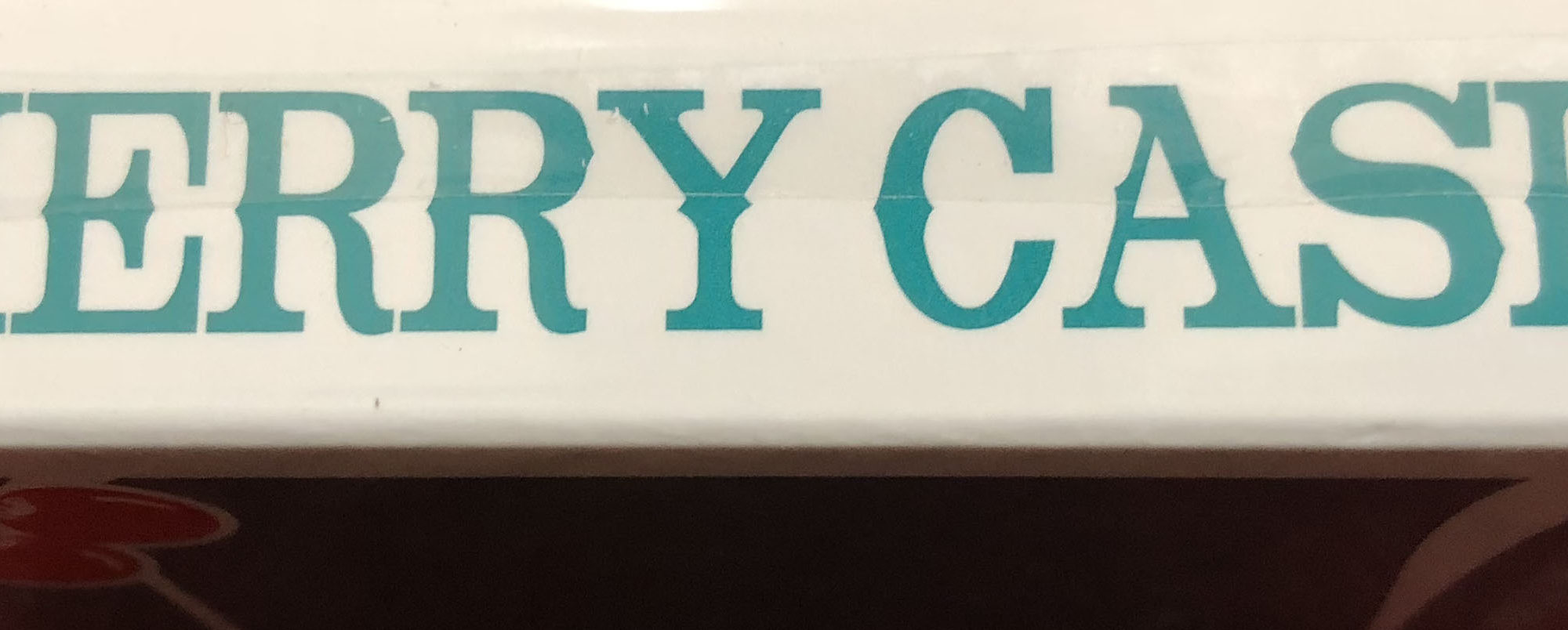
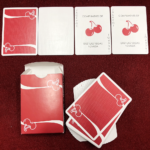
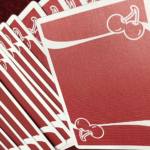
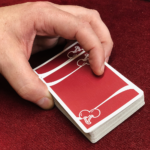
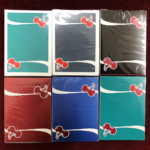
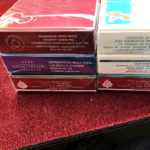
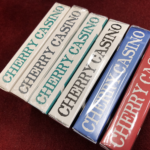
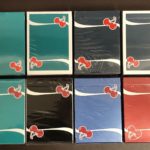

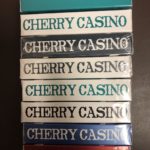
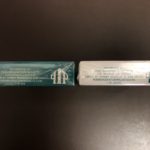
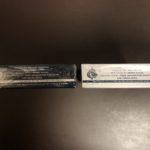
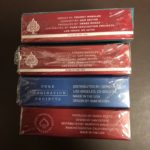

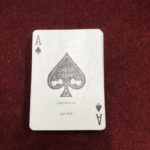
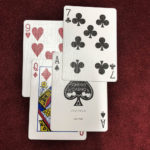
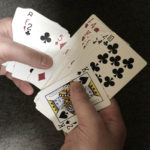

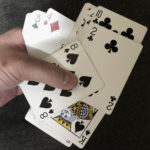
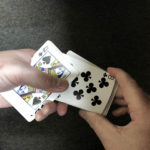
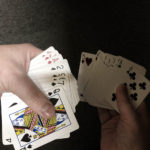
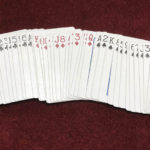
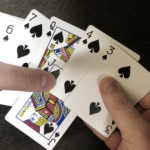
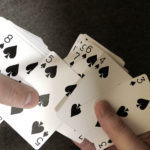
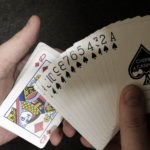
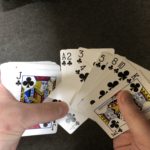
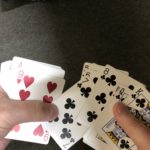
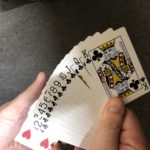
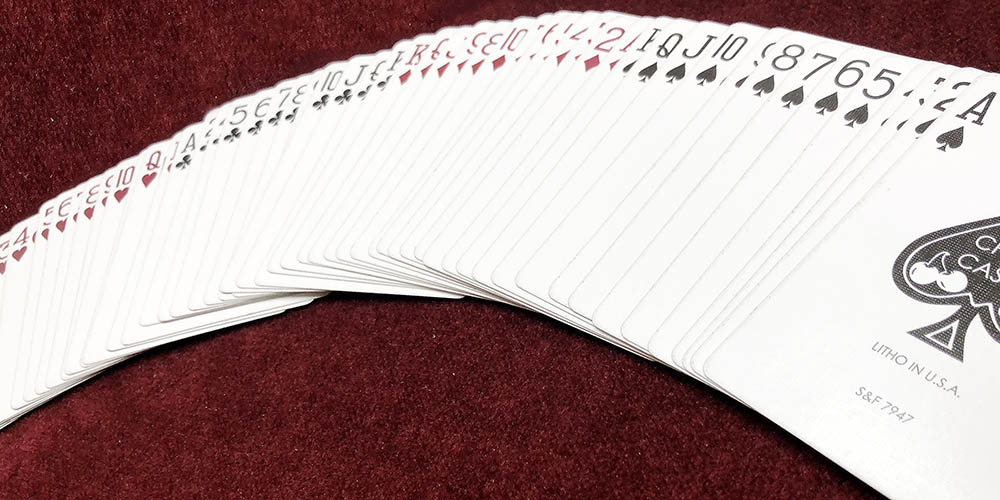

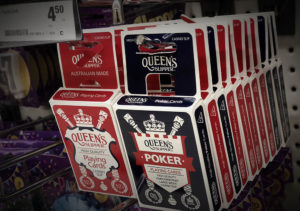

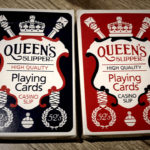
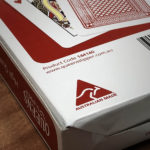
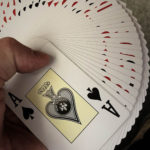
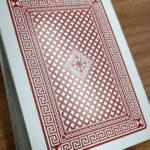
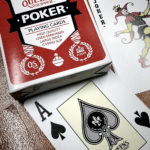
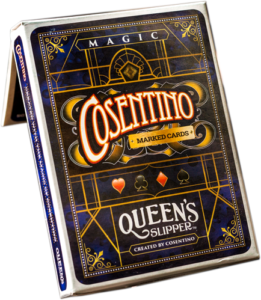

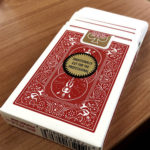
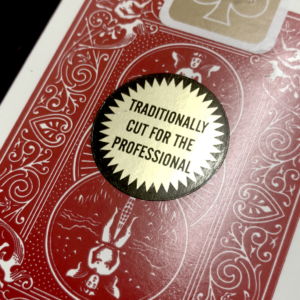 Each deck of Gold Seal Bicycle Cards is constructed using Bee stock, world renowned for its flexibility, yet long-lasting durability. They are stamped to a caliper/thickness that facilitates classic moves like bottom and center dealing and are embossed to a depth that does not break down the structural integrity of the card, yet still allows each card to breathe properly, thereby reducing the gum-up and hangers often caused by finger moisture. But, most importantly, since these cards were manufactured to Richard Turner’s demanding personal specifications, they are Traditionally Cut!
Each deck of Gold Seal Bicycle Cards is constructed using Bee stock, world renowned for its flexibility, yet long-lasting durability. They are stamped to a caliper/thickness that facilitates classic moves like bottom and center dealing and are embossed to a depth that does not break down the structural integrity of the card, yet still allows each card to breathe properly, thereby reducing the gum-up and hangers often caused by finger moisture. But, most importantly, since these cards were manufactured to Richard Turner’s demanding personal specifications, they are Traditionally Cut!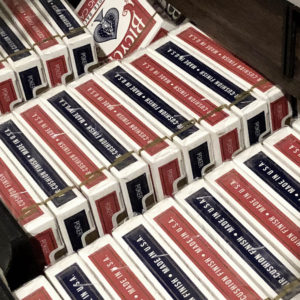

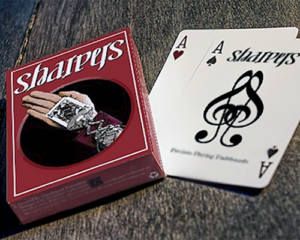

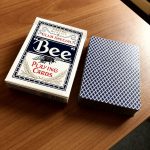

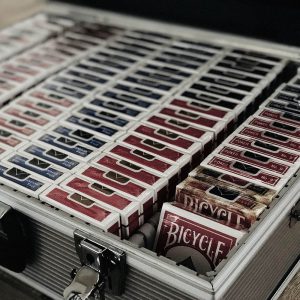 For a steady supply I have found that Cosco (still fairly new and limited in Australia) supply the best value bulk playing cards for general use. Their AU$30 brick of USPCC “Standard” Rider Back cards are more than good enough for magic or gambling demonstrations and are sturdy enough to last a while. $3 per deck is a lot better than the alternatives (so long as you have a $60 annual membership or know someone who does).
For a steady supply I have found that Cosco (still fairly new and limited in Australia) supply the best value bulk playing cards for general use. Their AU$30 brick of USPCC “Standard” Rider Back cards are more than good enough for magic or gambling demonstrations and are sturdy enough to last a while. $3 per deck is a lot better than the alternatives (so long as you have a $60 annual membership or know someone who does).